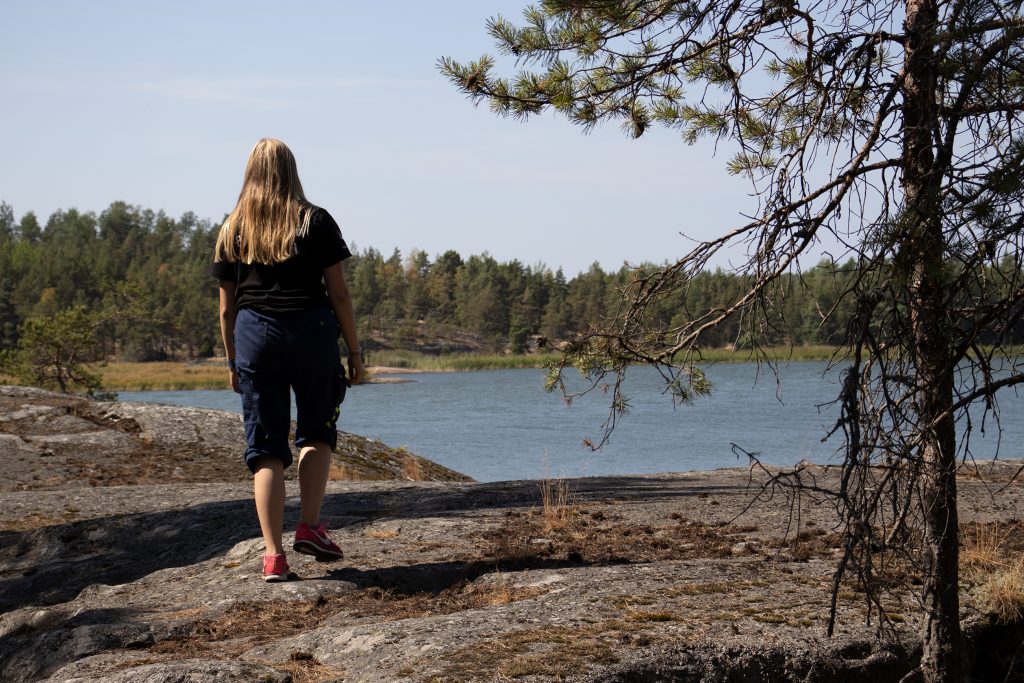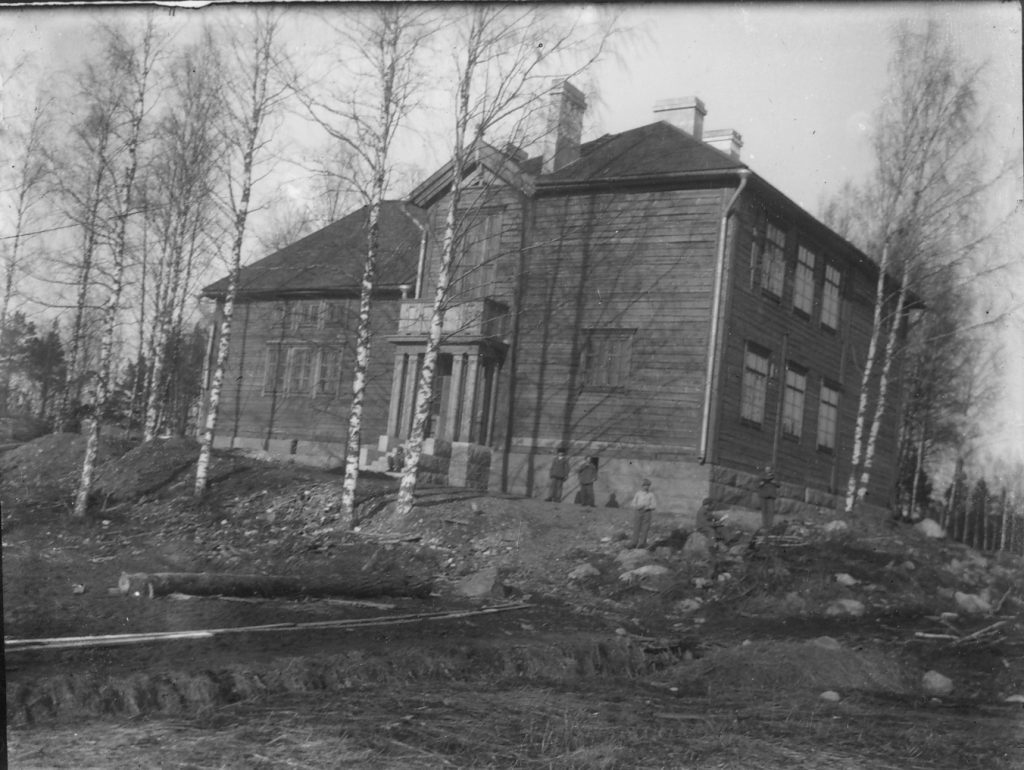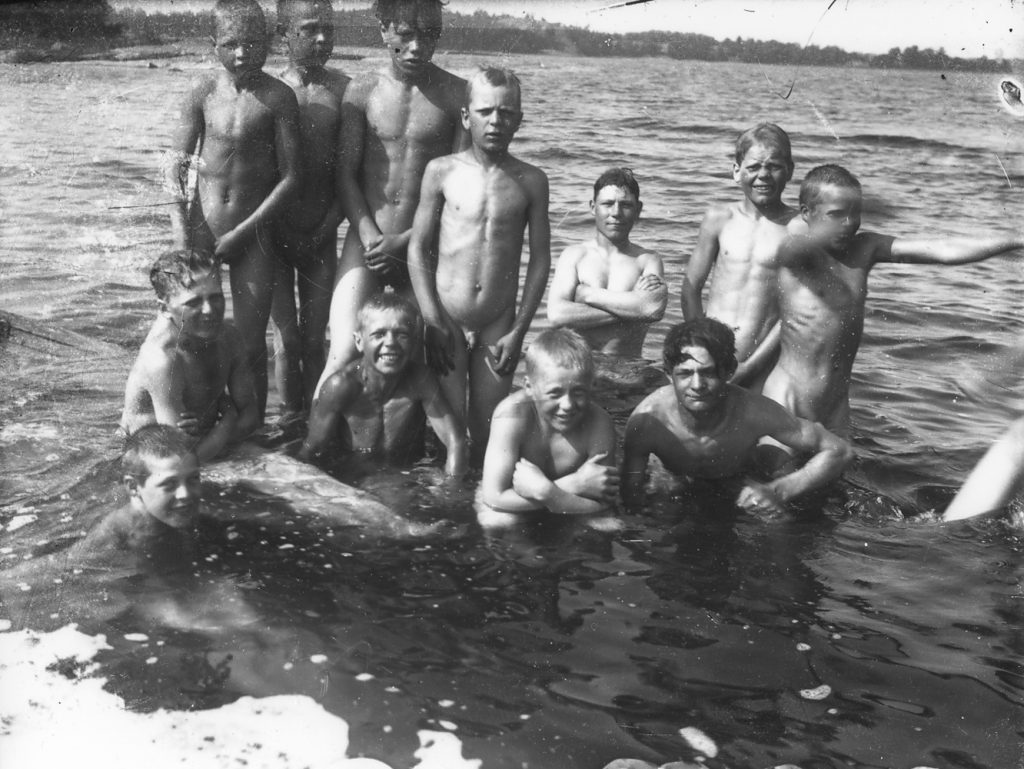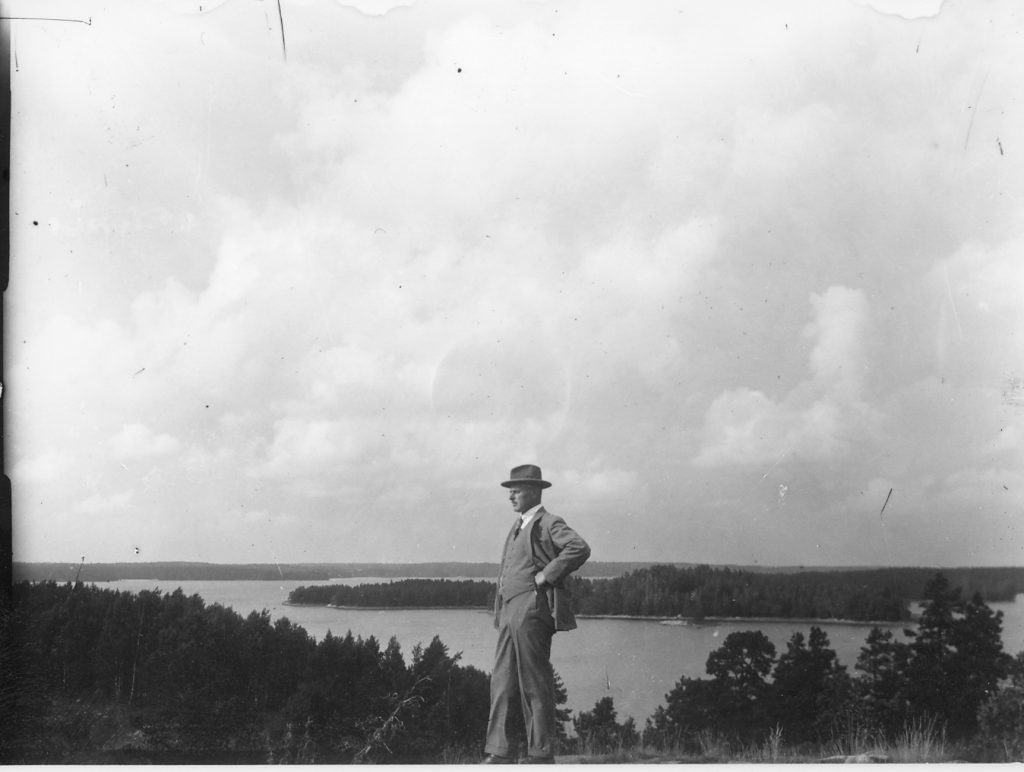
History of Bengtsår
The history of Bengtsår starts from the Ice Age, when the island’s nature was shaped as the large ice sheet retreated. During the Stone Age, the sea level was still so high that Bengtsår was only visible as a small islet peaking out from the sea. The same islet is now the most elevated part of Bengtsår.
The first permanent residents on Bengtsår island made a living by fishing and hunting seals. Later on, the island’s residents made their living from agriculture and animal husbandry; the oldest documents about farmers on the island date back to the 16th century. By the start of the 20th century, several houses had been built on the island, forming the village of Bengtsår. The residents farmed, raised animals and fished – living in harmony with nature.

Reform school for ill-behaved boys
In 1908, the farms of Bengtsår were bought for the City of Helsinki in order for a reform school to be established for ill-behaved children. The area first housed a reformatory that was later converted into a reform school for Swedish-speaking boys. The remote island was a place where city boys could be isolated and taught a healthy lifestyle through farming and gardening. The reform school, which used harsh discipline, had room for 85 young people. There were also many employees, including a machine operator, a gardener, teachers and kitchen staff.
The only buildings remaining from that era are the kitchen building, barn and cellar at the edge of the field, which are all still in use today. The cellar’s walls still bear the signatures of boys who were punished for their misbehaviour by being isolated in the cellar – sometimes for several days. The reform school continued operating until the entire Hanko Peninsula was leased to the Soviet Union after the Winter War (1939–1940). The reform school was evacuated in March 1940, after operating for more than 30 years.

As a Soviet naval base
The Soviet Union fortified the area into a naval base, and Bengtsår and its nearby areas were located at one edge of the area. The islands were equipped to withstand possible attacks from Finns: minefields were deployed, barbed wire fencing was put up, long trenches were dug and numerous dugouts were built along the shores. The island housed a Russian bakery and radio station, among other things. Even today, trenches and dugouts can still be seen in the terrain around the island.
Blackcurrant shrubs still grow next to many of the collapsed dugouts, as berries were an important source of vitamins for those who lived in the dugouts. Cartridge boxes and even parts of weapons have still been discovered at the bottom of the sea in recent years. The Soviets ceded the Hanko Peninsula in December 1941. The war had been harsh on the nature and buildings of Bengtsår. A few families evacuated from Karelia moved to the island, which entered a quiet period. Intensive forestry work was launched on City land to restore the nature ravaged by war.
Camp activities start after the war
The life on the island underwent a new change when the area was reserved for recreational use. Camp activities were held on the island for the first time in summer 1945, and in 1946 there were several camps. In spring 1948, an official proposal was submitted to bring the camping area under the Youth Office’s management, and a camping area supervisor was hired for the island for the summer. The supervisor’s pay for five weeks was 10,000 Finnish marks, i.e. roughly 1,670 euros. Rowing boats were purchased for the island in 1949, but the first motorboat was not purchased until 1968.
In 1954, the City Board decided to discontinue agriculture on the island. After the discontinuation of hay farming and pasturage, Bengtsår’s original meadows started to revert to forests and become overgrown. Some of these patches of field and meadow have been saved through volunteer efforts. For the last couple of summers, the island’s meadows have also been managed by a flock of sheep, which have also brought joy to many campers.
Couple of thousand campers every year
Until recent years, the camping life on the island had been rather simple and primitive. Although the first proposal for the island’s electrification was submitted in 1970, electricity was generated for the island with a generator until 1990. A water pipe was completed in 1985, and the construction of cabins for personnel started on the island in 1986. Until then, they had lived on the upper and lower floors of the main building and in tents erected in the yard.
Even today, the primary users of the camping island are youth centres, youth organisations, government agencies and institutions as well as sports clubs. During the summer season, roughly 2,100 young people enjoy camping life in the island’s seven camping areas. The total number of days spent by campers on the island is 11,000 per year. Over these past 70 years, many children have gained unique experiences and learned new things on Bengtsår camping island.

